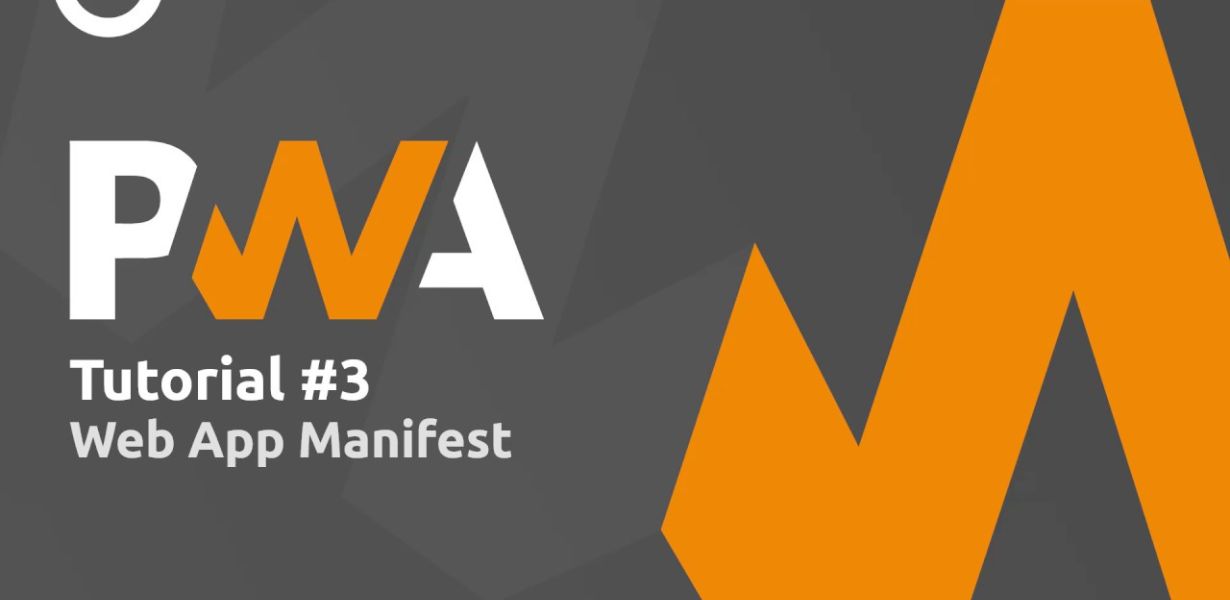
Optimizing Web App Performance: A Comprehensive Guide to Web App Manifest Best Practices
- Post
- August 8, 2023
- Progressive Web Apps, Web App Manifest, Web Technologies
- 0 Comments
In the world of web development, creating seamless and high-performance web applications is a top priority. As technology advances and user expectations rise, the need for optimizing web app performance becomes increasingly vital. In this comprehensive guide, we delve into the intricacies of Web App Manifest and its best practices, equipping you with the knowledge to enhance your web app’s performance and user experience.
Understanding Web App Manifest
Web App Manifest: Defining Your App’s Identity
At its core, a Web App Manifest is a JSON file that provides essential information about your web application. This includes details like the app’s name, description, icon, theme colors, display modes, and more. Essentially, it serves as a blueprint that helps browsers understand how your web app should be presented and interacted with on different devices.
Key Components of a Web App Manifest
A typical Web App Manifest comprises several key components:
Name and Short Name: Your app’s formal and concise names, which users will see on their devices.
Description: A brief overview of your app’s purpose and functionality.
Icons: Various sizes of icons that represent your app on different platforms and devices.
Background and Theme Colors: Colors that reflect your app’s branding and appearance.
Display Modes: Different ways your app can be displayed, like standalone or fullscreen.
Start URL: The URL that should be launched when users open your app.
Scope: The scope of your app’s browsing context.
Orientation: The default orientation in which your app should be displayed.
Categories: The type of app or content your app belongs to.
Related Applications: Links to related apps or services.
Crafting an Effective Web App Manifest
Choose the Right Icons
Icons are the visual representation of your app across various devices. Ensure your icons are high-quality, distinct, and appropriately sized to look appealing and professional on every screen.
Colors Matter
Select a color scheme that aligns with your brand and creates a visually cohesive experience. These colors can impact user perception and enhance your app’s visual appeal.
Be Device-Agnostic
While optimizing for specific devices is crucial, ensure your Web App Manifest is flexible enough to adapt to various screen sizes and orientations. This approach guarantees a seamless experience for users on different platforms.
Progressive Web App (PWA) Manifest Considerations
Leverage PWA Features
Progressive Web Apps (PWAs) are known for their offline capabilities and enhanced performance. By optimizing your Web App Manifest for PWAs, you can provide users with a reliable experience even when they’re not connected to the internet.
Service Workers Integration
Integrate service workers to cache assets, enabling your app to load quickly, even in low or no network conditions. This dramatically improves user experience and performance.
Manifest Optimization for iOS
Apple’s Guidelines
iOS devices also support Web App Manifests, albeit with some differences. Follow Apple’s guidelines to ensure your app looks and performs optimally on iPhones and iPads.
Icons for iOS
Apple devices use specific icon sizes and formats. Adhere to these requirements to avoid pixelation and ensure a polished appearance.
Splash Screens
Crafting a compelling splash screen ensures that users are greeted with an engaging visual while your app loads.
Testing and Debugging
Validation Tools
Before deploying your Web App Manifest, use online validation tools to catch any errors or missing components. This step ensures that your manifest is correctly structured and adheres to standards.
Real-World Testing
Conduct extensive testing across different devices and browsers. Address any issues that arise, such as incorrect icon rendering, inconsistent colors, or improper display modes.
Final Words
In the realm of web development, optimizing web app performance through Web App Manifest best practices is no longer optional—it’s essential. By fine-tuning your manifest, adhering to platform-specific guidelines, and embracing the power of progressive web apps, you’re poised to provide users with a seamless, engaging, and high-performance experience. Elevate your web app’s potential today.
Commonly Asked Questions
Q1. Why is a Web App Manifest important for my app’s performance?
A Web App Manifest serves as a blueprint for how your app should be presented and interacted with across various devices. It enhances performance by streamlining resource loading and providing essential information to browsers.
Q2. How can I ensure my app’s icons look sharp on all devices?
To ensure sharp icons, create multiple sizes of icons that adhere to platform-specific guidelines. This guarantees that icons are displayed clearly and professionally, enhancing your app’s visual appeal.
Q3. What role does a service worker play in Web App Manifest optimization?
A service worker is a script that runs in the background and caches essential assets. By integrating service workers, your app can load quickly even in low network conditions, offering a smooth user experience.
Q4. Can Web App Manifests be used on iOS devices?
Yes, iOS devices support Web App Manifests. However, there are platform-specific guidelines and requirements to follow to ensure optimal performance and appearance.
Q5. How do progressive web apps (PWAs) benefit from Web App Manifest optimization?
PWAs leverage Web App Manifest optimization by enhancing offline capabilities and overall performance. This allows users to access your app reliably, regardless of their network connection.



